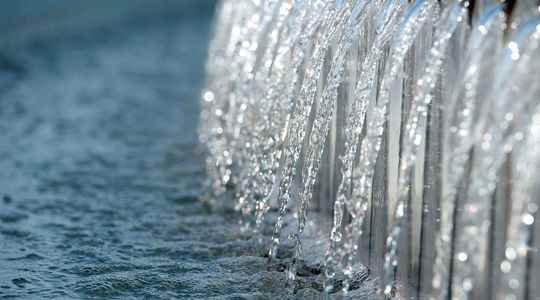The goal is so high and the urgency so absolute that it makes sense to start right away. This Wednesday, October 26, the European Commission presented a plan aimed at drastically reducing the pollution emitted by the Member States, in order to reach “levels which are no longer harmful to human health and natural ecosystems”, according to the formula that said the Commission in May 2021.
Now the roadmap is drawn. By 2030, great efforts must be made so that the objective is fully met in 2050. Thus, in eight years, the number of premature deaths linked to air pollution will have to decrease by 75%. To achieve this, the European Union plans to greatly reduce the annual limit for the release into the atmosphere of particles of 2.5 microns, a dangerous pollutant that easily penetrates the lungs. It will align with the recommendations of the World Health Organization (WHO) and will guarantee “people whose health is affected to be compensated”, if the States were to not respect the new measure. Each member state is free to adopt its own measures to achieve the common objective, but Brussels intends to set up surveillance committees, which will also have the power to sanction.
Add 24 new substances to the list of water pollutants
Another implementation, “a more efficient and more profitable treatment of urban waste water”, in particular by imposing the recovery of polluting chemical substances and by requiring municipalities with less than 2,000 inhabitants to treat their waste water (the obligation does not concern to date than municipalities with more than 2,000 inhabitants). The European executive wants to set up a “new system of responsibility”, in particular by obliging the producers of the domains pharmaceutical and cosmetics – whose products represent 92% of the toxic micropollutants found in wastewater – to participate in the work of safeguarding the environment, according to the “polluter pays” principle.
Finally, the European Union wants to add 24 substances to the list of water pollutants, including bisphenol A, PFAS (pollutants present in clothing and furniture), as well as antibiotics and pesticides, including the famous glyphosate . All these proposals will be negotiated between the Member States and the European Parliament.
